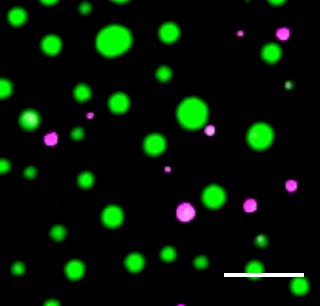An international team of scientists has developed a way to predict how much a person can learn, based on studies at UC Santa Barbara’s Brain Imaging Center.
A study published in the April 18 Proceedings of the National Academy of Sciences (PNAS) details the findings. Study co-author Peter Mucha is professor and chair in the department of mathematics in UNC’s College of Arts and Sciences.
Researchers collected brain imaging data from people performing a motor task, and then analyzed this data using new computational techniques. They found evidence that the flexibility of a person’s brain can be used to predict how well someone will learn. The researchers view flexibility as how different areas of the brain link up in different combinations.
“What we wanted to do was find a way to predict how much someone is going to learn in the future, independent of how they are as a performer,” said Scott T. Grafton, senior author and professor of psychology at UCSB. Grafton is also director of the UCSB Brain Imaging Center.
The team ran an experiment over three sessions in which 18 volunteers had to push a series of buttons, similar to a sequence of notes on a piano keyboard, as fast as possible. They then divided functional MRI images of each volunteer’s brain into 112 different regions and analyzed how these different areas connected while they performed the task.
“Our study has obvious implications clinically,” said Grafton. “If you’re a patient in physical therapy, should you just take tomorrow off? Or will it be a good day? We don’t know that, but that would be a potential application –– tailoring intervention to capacity to change. In healthy people, this information could accelerate learning –– when you should study, when you should practice, when you should try to acquire a new skill.”
The new study uses computational methods developed to analyze what the researchers call multilayer networks, in which each layer might represent a network at one snapshot in time, or a different set of connections between the same set of brain regions. These layers are combined into a larger mathematical object, which can contain a potentially huge amount of data and is difficult to analyze. Previous methods could only deal with each layer separately.
Mucha, the UNC professor of mathematics, said the new brain flexibility study was an interesting application of the network analysis technique that he and colleagues first published in the journal Science last year.
“We are excited that our analysis method has already led to such valuable results,” said Mucha. “It goes to show that it’s a powerful technique for handling the fire hose of information that comes with examining networks that vary over time and have multiple kinds of connections. Other potential applications include studying online social networks, such as Facebook or Twitter, or modeling real-world webs of people or things, like political relationships or how diseases spread.”


